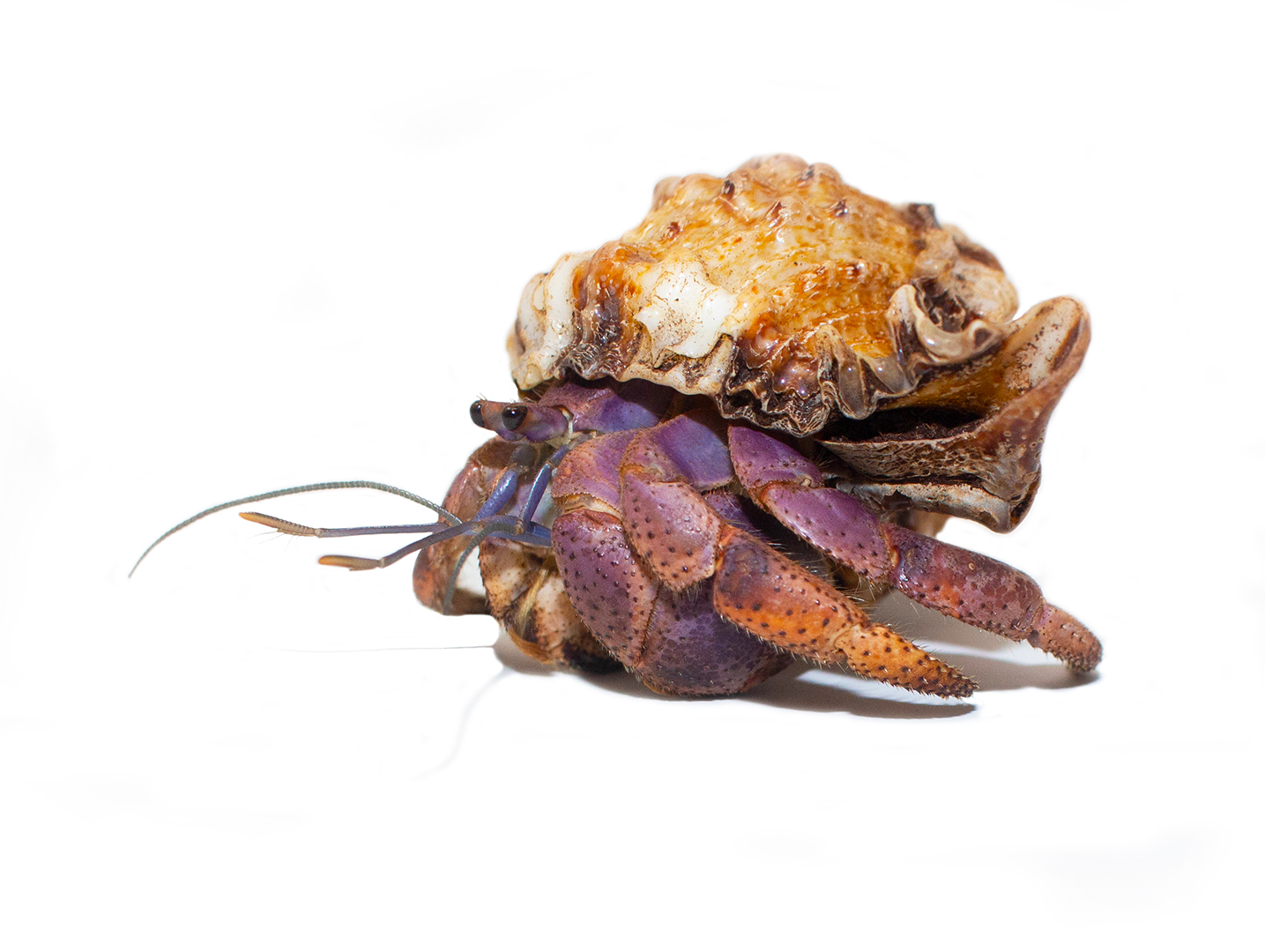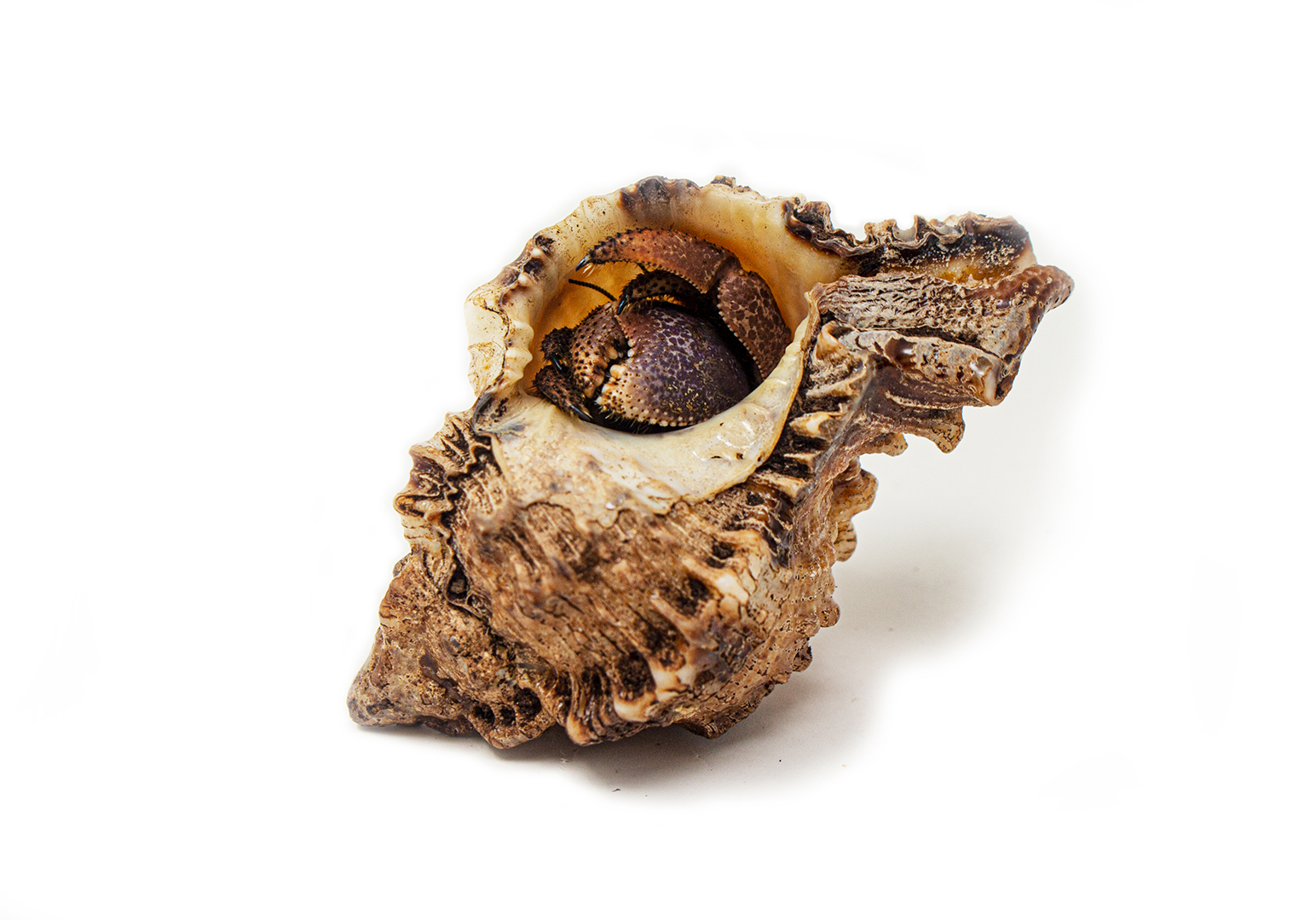Common Name: Caribbean Hermit Crab also known as Soldier Crab, West Atlantic Crab, Tree Crab, or Purple Pincher
Scientific Name: Coenobita clypeatus
Type: Arthropod
Family: Coenobitidae
Genus: Coenobita
Diet: They are omnivorous, eating just about everything in their environment they can. Except for citrus
Life Span: 12 to 30 years with some claims of over 40 years
Size: 0.4 to 16 inches
Weight: 7 to 18 ounces
Location: The Atlantic Ocean, Bahamas, Belize, southern Florida, Venezuela, Virgin Islands, and West Indies.


